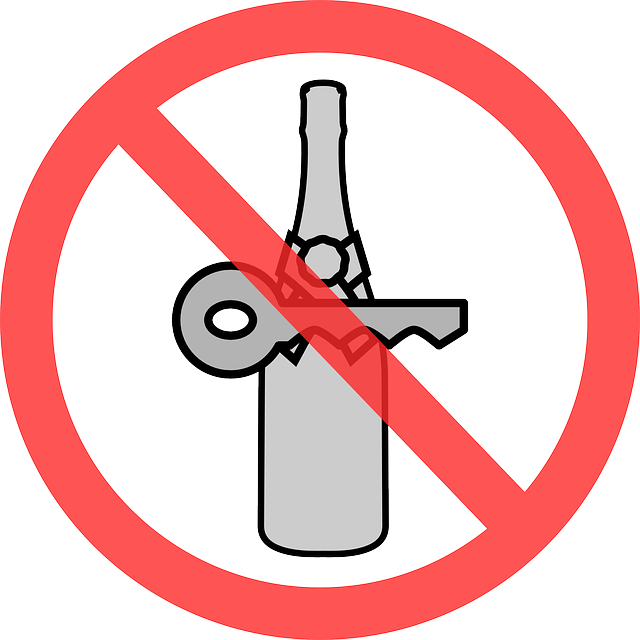High-risk reoffenders pose a significant challenge for criminal justice systems. Community Service as Punishment offers a tailored intervention, breaking the cycle of crime by addressing underlying causes. This approach promotes rehabilitation, personal growth, and social connections, reducing recidivism. Well-designed programs include skills training, support networks, and job placement services. Success is measured through evaluations showing reduced recidivism, improved employment, and enhanced social engagement.
Incarceration often fails to break the cycle of reoffending among high-risk individuals. This complex issue demands innovative solutions, and one growingly popular alternative is Community Service as Punishment (CSP). This article explores CSP’s potential in rehabilitating high-risk offenders, delving into understanding their unique challenges, effective strategies like community service programs, the crucial role of support networks, and measuring success through program evaluations.
- Understanding High-Risk Reoffenders: A Complex Issue
- Community Service: An Alternative Approach to Punishment
- Breaking the Cycle: Strategies for Effective Rehabilitation
- The Role of Support Networks in Offender Resocialization
- Measuring Success: Evaluating Community Service Programs
Understanding High-Risk Reoffenders: A Complex Issue

High-risk reoffenders present a complex challenge for criminal justice systems worldwide. These individuals, often with a history of serious offenses or a tendency to reoffend, require tailored interventions to break the cycle of crime. Understanding their unique needs and motivations is crucial in developing effective strategies.
Community service as punishment can be one such intervention, offering opportunities for these offenders to give back to communities while learning valuable skills. However, it’s essential to recognize that high-risk reoffenders may require more than just community service. Comprehensive approaches involving therapy, education, and job training are necessary to address the underlying causes of their criminal behavior and reduce recidivism rates.
Community Service: An Alternative Approach to Punishment

Community service, an alternative approach to traditional punishment, offers a unique path for high-risk reoffenders to break free from the cycle of crime. Instead of imposing strict prison sentences, individuals are directed to contribute their time and effort to community projects, focusing on areas such as environmental conservation, youth mentorship, or supporting local charities. This method not only provides a sense of accountability but also empowers offenders by teaching valuable skills, fostering social connections, and offering a chance to give back to the community they may have previously harmed.
By engaging in community service, reoffenders can experience personal growth, develop a stronger sense of purpose, and gain a different perspective on their actions. They learn that there are constructive ways to address past mistakes and contribute positively to society. This approach also strengthens community bonds and promotes a culture of rehabilitation rather than mere punishment, ultimately reducing the chances of repeat offenses.
Breaking the Cycle: Strategies for Effective Rehabilitation

Breaking the cycle of reoffending is a complex task that requires a multifaceted approach. One effective strategy is to incorporate community service as punishment, allowing individuals to give back to communities affected by their crimes. This not only provides a sense of accountability but also fosters a connection with the very people they may have harmed. By engaging in meaningful community work, ex-offenders can regain a sense of purpose and belonging, reducing the likelihood of recidivism.
Community service programs should be designed to empower individuals, offering them skills training and support networks that promote positive behavior change. These programs can include job placement services, education, counseling, and mentorship opportunities. By addressing the underlying issues contributing to criminal behavior and providing ex-offenders with the tools for success, communities can break the cycle of reoffending and facilitate a smoother transition back into society.
The Role of Support Networks in Offender Resocialization

Support networks play a pivotal role in resocializing high-risk reoffenders, offering them a lifeline to break free from recurring criminal behavior. These networks encompass family, friends, community organizations, and support groups that can provide emotional backing, practical assistance, and guidance during an offender’s transition back into society. Community service as punishment, for instance, can be effectively coupled with robust support network involvement. By engaging in community service, offenders not only fulfill their sentence but also develop a sense of responsibility and connection to their communities, fostering a positive reinforcement loop.
The presence of a supportive network significantly enhances the likelihood of successful resocialization by mitigating the risks associated with reoffending. These networks can help individuals navigate challenges, stay focused on rehabilitation goals, and provide a safety net against potential setbacks. They contribute to rebuilding social connections, restoring self-esteem, and encouraging positive behaviors, ultimately empowering ex-offenders to become productive members of society.
Measuring Success: Evaluating Community Service Programs

Measuring success in breaking the cycle of reoffending requires a thoughtful evaluation of community service programs. These initiatives, often imposed as an alternative to traditional punishment, aim to rehabilitate and reintegrate individuals back into society while encouraging positive behavior change. Community service as punishment can take various forms, such as mandatory volunteer work, restoration projects, or assisting local organizations in need.
The effectiveness of these programs lies in their ability to foster personal growth, build social connections, and develop new skills. By participating in meaningful community work, high-risk reoffenders can experience a sense of purpose, gain a fresh perspective, and learn alternative ways of coping with challenges. Rigorous evaluation methods should assess the impact on individuals’ behavior post-program completion, including reduced recidivism rates, improved employment prospects, and enhanced social engagement.
High-risk reoffenders can break the cycle of crime through innovative approaches like community service as punishment. By understanding their complexities, implementing effective rehabilitation strategies, fostering supportive networks, and rigorously evaluating programs, we can enhance resocialization. These efforts collectively contribute to a safer society by promoting successful offender reintegration and reducing recidivism rates.






